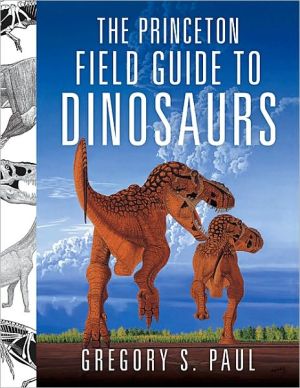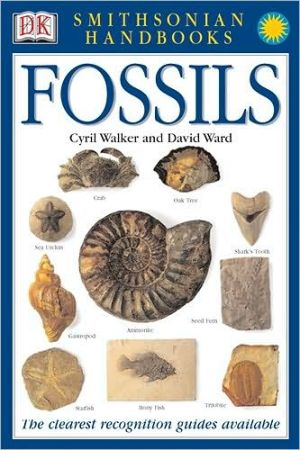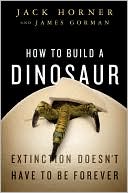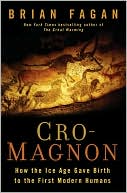Anthropoid Origins
This well-illustrated volume brings together discussions on the latest discoveries and current theories concerning the origin and early evolution of anthropoid primates-monkeys, apes, and humans. Leading researchers address many aspects of anthropoid origins from a variety of perspectives. Articles consider anthropoid origins from the perspective of the prosimians, and discuss the anthropoid perspective to describe early anthropoid radiation. Articles examine both prosimians and anthropoids...
Search in google:
This well-illustrated volume brings together discussions on the latest discoveries and current theories concerning the origin and early evolution of anthropoid primates-monkeys, apes, and humans. Leading researchers address many aspects of anthropoid origins from a variety of perspectives. Articles consider anthropoid origins from the perspective of the prosimians, and discuss the anthropoid perspective to describe early anthropoid radiation. Articles examine both prosimians and anthropoids using cranial, dental, and postcranial features. Booknews Based on revised versions of papers presented at a conference held at Duke U. in May 1992, this volume brings together information about recent discoveries and current theories concerning the origin and early development of anthropoid primates--monkeys, apes, and humans. Many aspects of anthropoid origins are addressed from a variety of perspectives. Some chapters consider anthropoid origins from the perspectives of the prosimians that preceded and perhaps gave rise to higher primates. Some take an anthropoid perspective to describe the early anthropoid radiation and "look back" to see where the group may have come from. They examine both prosimians and anthropoids using cranial, dental, or postcranial features. Annotation c. Book News, Inc., Portland, OR (booknews.com)
1The Early Radiation of Euprimates and the Initial Diversification of Omomyidae12Recently Recovered Specimens of North American Eocene Omomyids and Adapids and Their Bearing on Debates about Anthropoid Origins293Cranial Anatomy of Shoshonius and the Antiquity of Anthropoidea554The Messel Primates and Anthropoid Origins995Relative Ages of Eocene Primate-Bearing Deposits of Asia1236The Asian Origin of Anthropoidea Revisited1437Rencunius zhoui, New Primate from the Late Middle Eocene of Henan, China, and a Comparison with Some Early Anthropoidea1638The Eocene Origin of Anthropoid Primates: Adaptation, Evolution, and Diversity1799Eocene Anthropoid Postcrania from the Fayum, Egypt20310Early North African Primates and Their Significance for the Origin of Simiiformes (= Anthropoidea)23511Paleogeography, Paleobiogeography, and Anthropoid Origins29712The Different Meanings of a Tarsoid - Anthropoid Clade and a New Model of Anthropoid Origin33513Dental Evidence for Anthropoid Origins36114Function and Fusion of the Mandibular Symphysis in Primates: Stiffness or Strength?44715The Craniofacial Evidence for Anthropoid and Tarsier Relationships46916Anatomy, Antinomies, and the Problem of Anthropoid Origins54917Postcranial Anatomy and the Origin of the Anthropoidea56718Primitive Platyrrhines? Perspectives on Anthropoid Origins from Platyrrhine, Parapithecid, and Preanthropoid Posteronia59519Anthropoid Origins: Past, Present, and Future675Systematic Index699Geological and Geographic Index705
\ BooknewsBased on revised versions of papers presented at a conference held at Duke U. in May 1992, this volume brings together information about recent discoveries and current theories concerning the origin and early development of anthropoid primates--monkeys, apes, and humans. Many aspects of anthropoid origins are addressed from a variety of perspectives. Some chapters consider anthropoid origins from the perspectives of the prosimians that preceded and perhaps gave rise to higher primates. Some take an anthropoid perspective to describe the early anthropoid radiation and "look back" to see where the group may have come from. They examine both prosimians and anthropoids using cranial, dental, or postcranial features. Annotation c. Book News, Inc., Portland, OR (booknews.com)\ \








